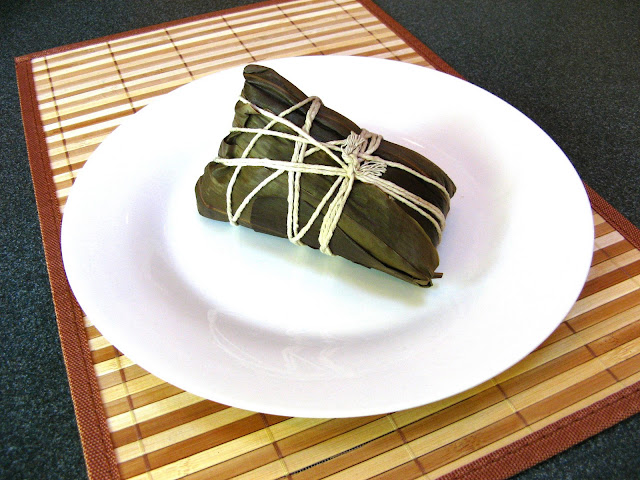Like the technique to quickly rehydrate dried mushrooms, Technique:
How to Quickly Rehydrate Dried Shiitake Mushrooms (冬菇, Dung1 Gu1), the microwave is used
to quickly rehydrate dried noodles. Usually dried noodles need to be rehydrated
by using boiling water in a pot, which means the pot needs to be cleaned
afterwards.
I use boiling water, a microwave safe covered container, and
the microwave to speed up the process, and not have to clean a pot afterwards
(the covered container gets placed into the dishwasher). Depending upon the
type and thickness of the dried noodle and the strength of the microwave, the
time required to rehydrate the noodles in the microwave is about 3-4 minutes
after boiling the water. Using this method allows just about any dried noodle
to be rehydrated using this technique. I have not tried using this method with
long thick noodles, like spaghetti, since those noodles don’t fit into normal microwave
safe covered containers. However dried noodles that are smaller in length, such
as those found in Asian markets, this is a quick and easy method to rehydrate
the noodles before making a stir fry noodle dish. These noodles usually come in
3.5 oz (100 g.) packages, so two of these packages are good for two meals (one
portion to eat now, one portion to eat later).
Enjoy!



